

In copyright law, there are a lot of different types of works, including paintings, photographs, illustrations, musical compositions, sound recordings, computer programs, books, poems, blog posts, movies, architectural works, plays, and so much more!
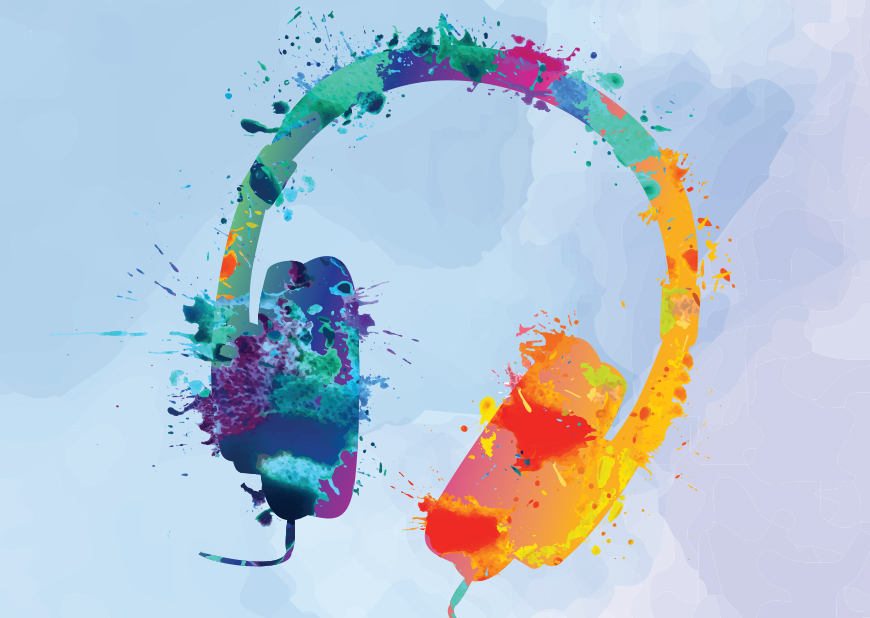
When you write a story, create a work of art, compose or record music, or take a picture, you engage with copyright. In celebration of the 150th anniversary of the Copyright Office, we’ve pulled together a variety of resources to help you engage YOUR creativity.
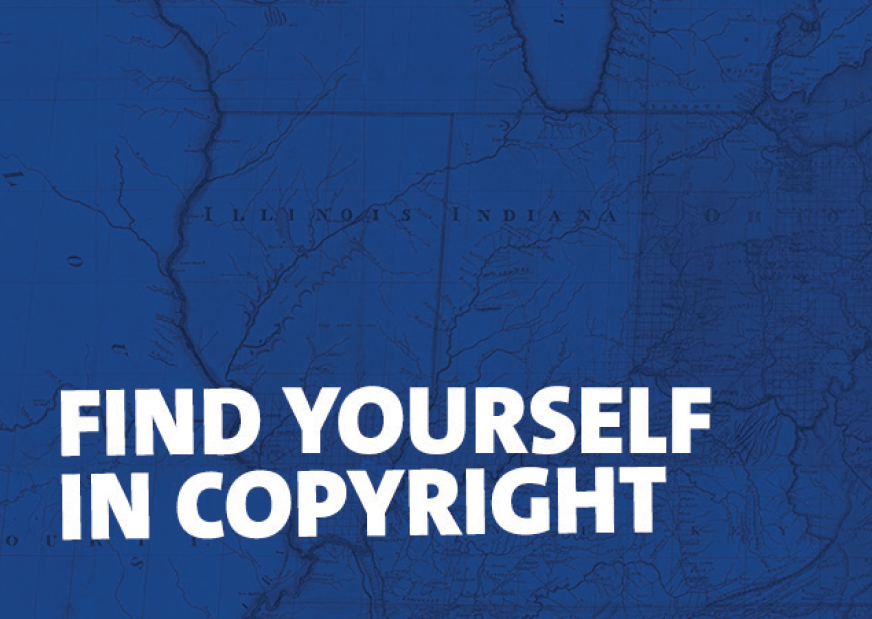
Copyright serves all of us, incentivizing creation and enriching our culture. Find Yourself in Copyright explores how U.S. copyright law has evolved and how the millions of copyright claims registered with the Office illustrate the deep and varied nature of original works.
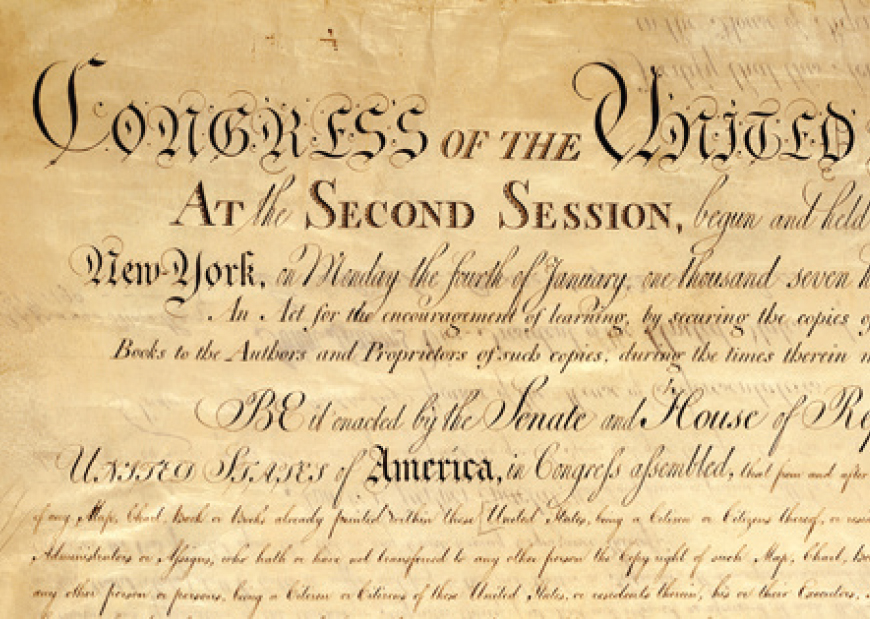
On May 31, 1790, the first copyright law is enacted under the new United States Constitution. The new law is relatively limited in scope, protecting books, maps, and charts for only 14 years. These works were registered in the United States District Courts.
Thorvald Solberg took office as the first Register of Copyrights on July 1, 1897. He was interviewed by President McKinley and appointed by John Russell Young, the Librarian of Congress.
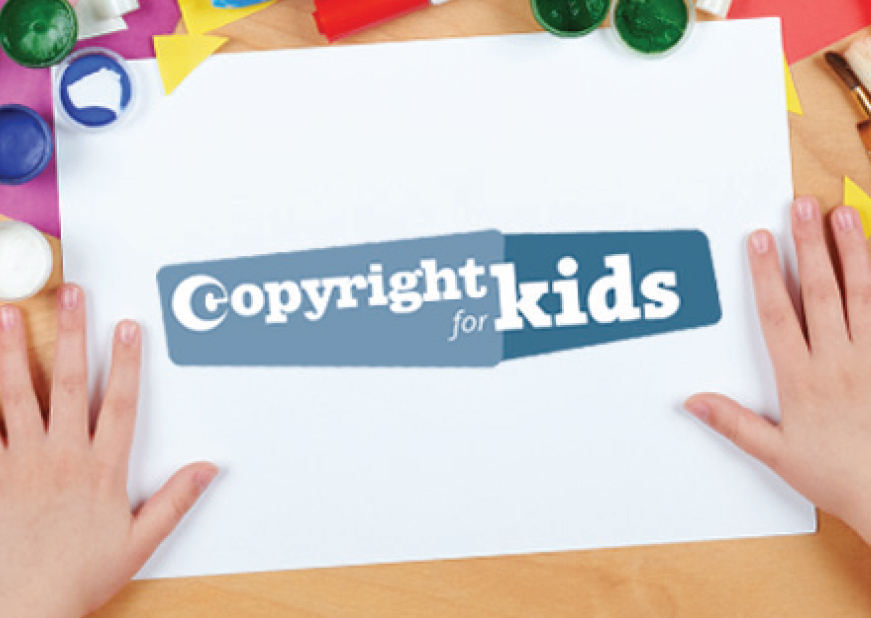
Copyright protects books, movies, videogames, songs, photos, and more – it applies to any work of the human mind or imagination, even a child’s finger painting!
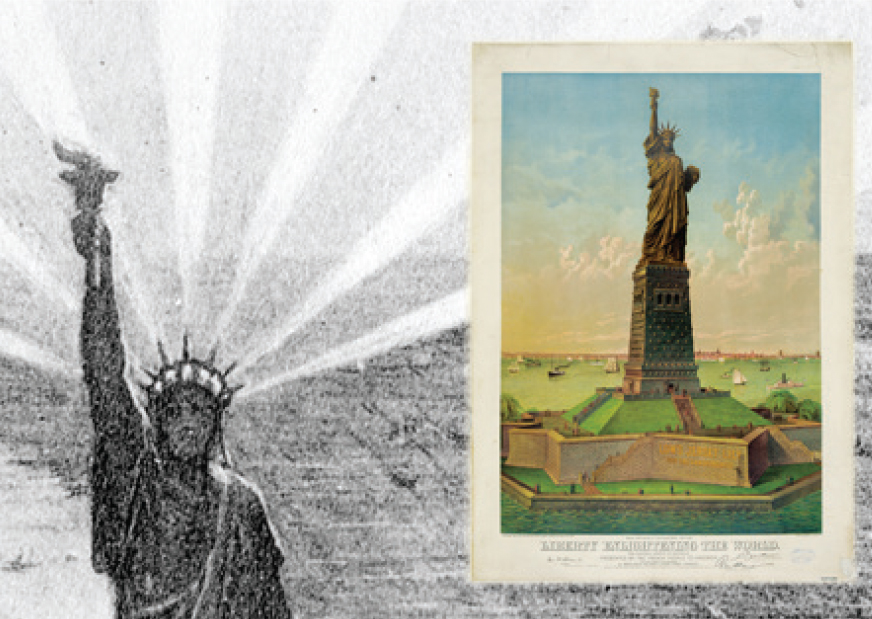
One of the most famous sculptures ever registered, and perhaps the largest, is the Statue of Liberty, designed by French sculptor Frederic Auguste Bartholdi. On August 31, 1876, the “Statue of American Independence,” as the Statue of Liberty was first named, was assigned registration number 9939-G.